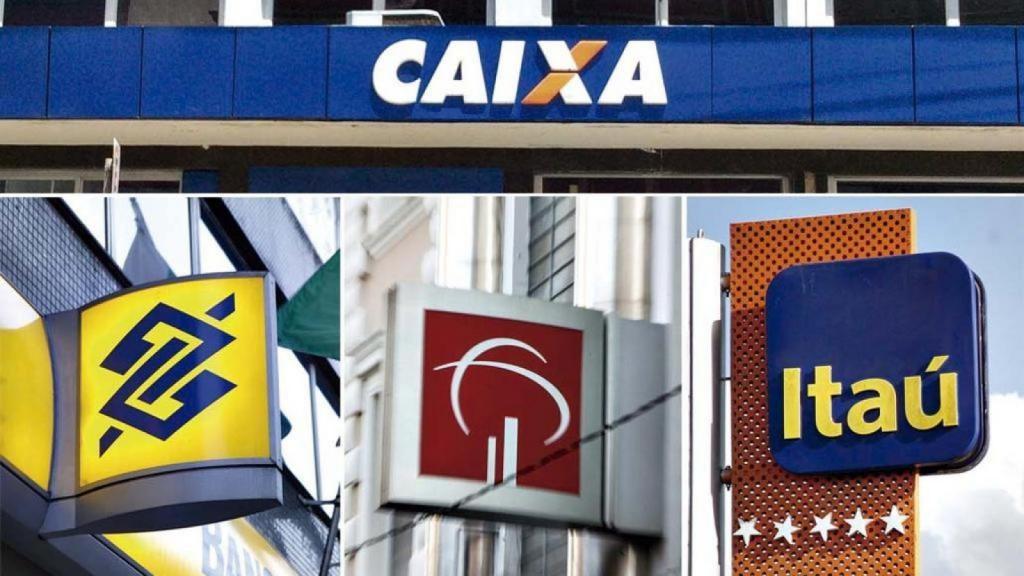RIO DE JANEIRO, BRAZIL – Banks have maintained their upward trend in profitability in the first semester of 2019, although showing deceleration indicators. This is the finding of the Financial Stability Report, released yesterday, October 10th, by the Central Bank (BC).

The Return on Equity, an indicator that measures the profitability of the money invested by shareholders in the banking system, totaled 15.8 percent in June this year, up one percentage point from December 2018 (14.8 percent). In June 2018, the indicator stood at 14.3 percent.
In the case of public banks, the indicator reached 14.3 percent at the end of the last semester. Private banks, on the other hand, showed a higher rate: 16.5 percent.
According to the report, recent increases in the banking system’s profitability level were influenced by the gradual recovery in credit growth, followed by greater participation of individuals and small and medium-sized companies. As a result of this change in the breakdown of the banks’ credit portfolios, profits increased since the spread (the difference between the rate of fundraising and the interest charged to clients) is greater in these operations when compared to credit for large companies. “In addition, the control of administrative expenses was significant for public banks in the semester,” says the Central Bank.
Paulo Souza, the Central Bank’s director of Supervision, said that in order not to lose profitability in the future, banks will be required to increase the volume and number of different types of loans. “Either they increase the volume or change the mix [of credit operations] or the margin will decrease,” said the director.
Souza explained that banks profited more from credit in the period when the basic interest rate, the Selic, was dropping. This is because, until 2018, the banks raised money at a lower interest rate, with a lower Selic rate, and had higher interest earnings on the loans that had already been taken by clients. However, with new loans being offered at lower rates to clients, this profit margin decreased.

Service Revenues
According to the report, “service revenues continued to grow when compared to the previous semester, with an increase in fee income related to bundled services and other fees related to fund transactions”. However, added the Central Bank, this growth showed a slowdown in relation to the last six months, with card revenues stabilizing in the first half of 2019 and decelerating the increase in revenues from fund administration. “The lower growth in the volume of funds managed was relevant in this slowdown,” he added.
However, the Central Bank says that coverage of administrative expenses by service revenues evolved negatively in the semester. There was a 2.8 percent increase in accumulated administrative expenses over 12 months, between December 2018 and June 2019, due to a two percent increase in service revenues. “After a period of gains in the banking system’s operational efficiency, resulting from cost containment policies and administrative restructuring, in the first half of the year this was pressured by the stabilization of groups of service revenues that had made significant positive progress in the past two years,” says the report.
Simultaneously, adds the Central Bank, there were additional expenses with dismissal proceedings and seasonal expenses related to the compensation and payment of bonuses in the semester. “Nevertheless, the constant search by banks for cost cuts by reducing branches and employees, coupled with the evolution of the digitalization of financial services, retains the prospect of increased operational efficiency in the medium and long term,” says the report.
Solvency
The Central Bank further reports that the system’s solvency has improved in terms of level and quality, further increasing the banks’ ability to withstand the pace of credit growth. Simulations continue to show that Brazilian banks are capable of coping with stressful situations.
“Profit retention has been the main source of capital increase, which corroborates the perception of progress in quality,” says the report. According to the Central Bank, the level of provisions (resources reserved for default cases) “remains consistent, in line with the risk profile of the credit portfolio”.
Source: Agência Brasil

